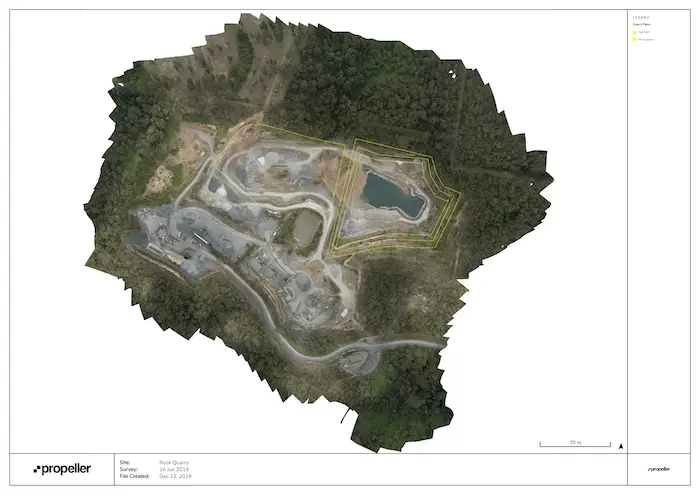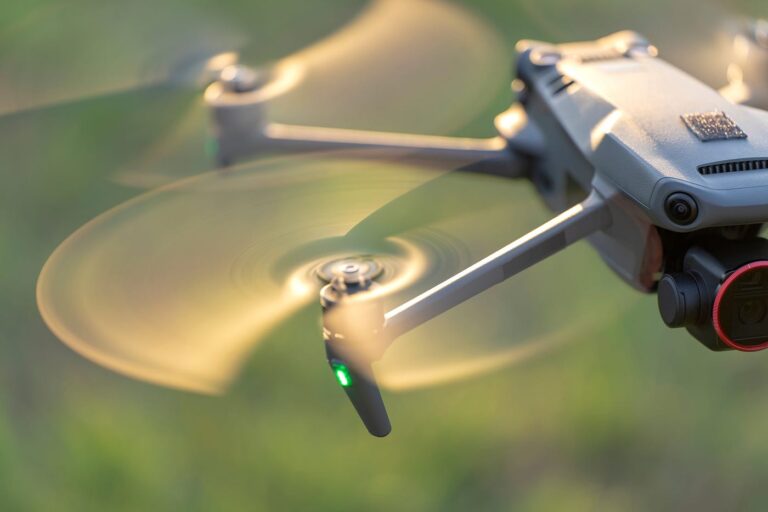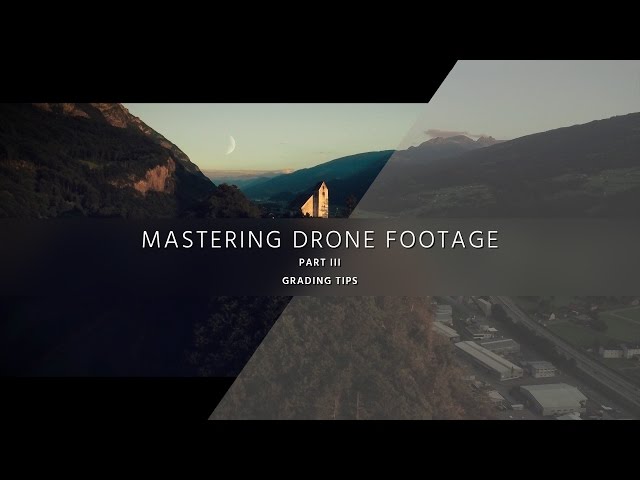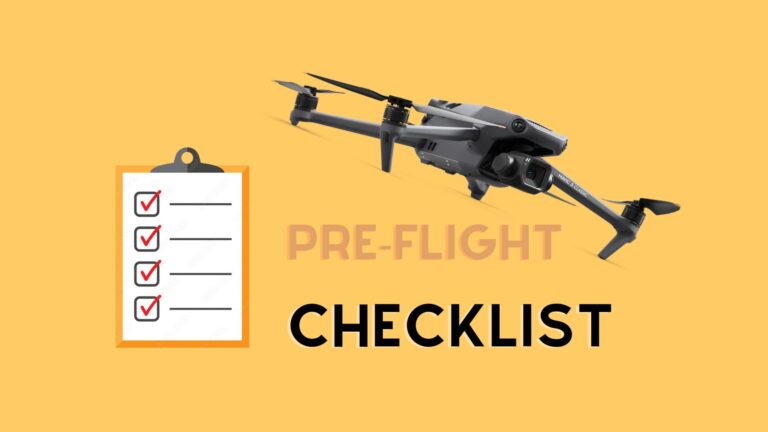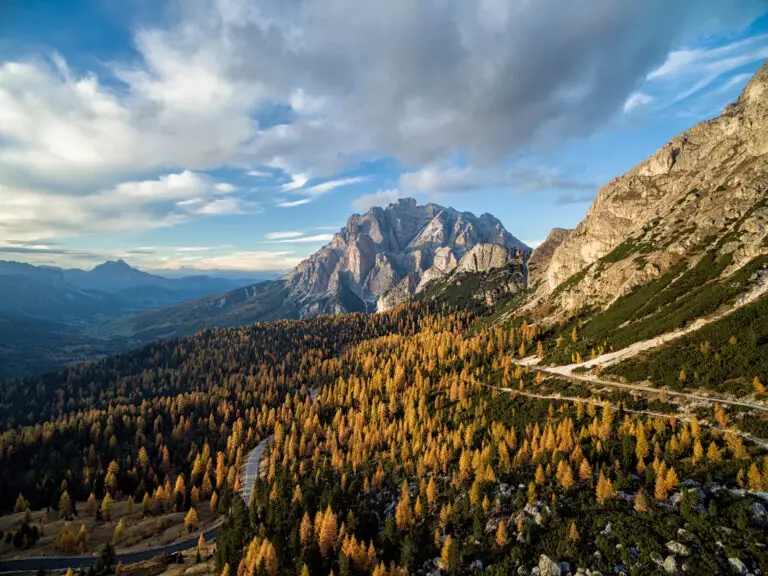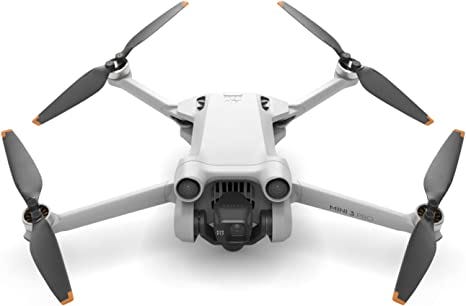Editing Aerial Footage: Tips for Enhancing Colors and Adding Effects
In the vast blue canvas of the sky, drones have not only become a technological marvel for enthusiasts but a creative tool for videographers, giving them the ability to capture breathtaking aerial footage. However, the magic truly comes to life in the editing room. Whether you are a beginner or a seasoned drone pilot, learning to edit aerial footage is a valuable skill that can significantly enhance the appeal and storytelling capability of your videos.
For aerial videography, the post-production process is particularly critical, as it provides the opportunity to emphasize the grandeur and spectacle of your shots. In this article, we’ll explore the different aspects of editing aerial footage, focusing specifically on color enhancement and the art of adding effects that can make your video soar above the rest.
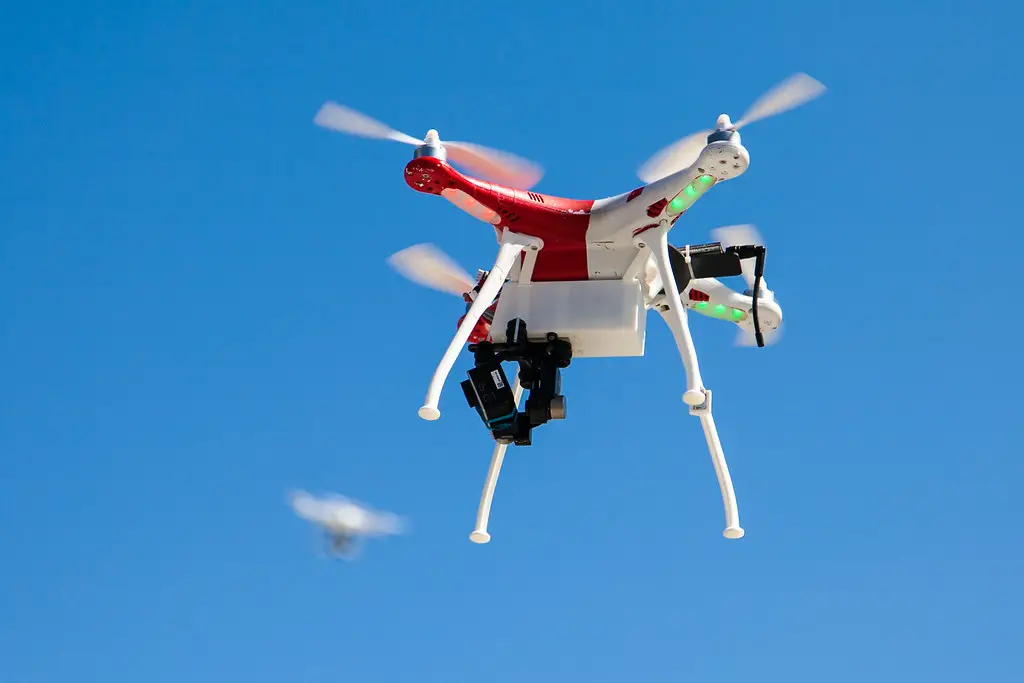
Understanding Aerial Footage Editing
Editing aerial footage is not just about splicing clips together. It’s about crafting a visual narrative that takes your audience on a cinematic journey. The raw footage from drones often needs fine-tuning to bring out the full range of colors and details that can sometimes be lost in the vastness of the sky or subtleness of the horizon.
The Importance of Color Enhancement and Effects
Color is a powerful storytelling tool. It can evoke emotions, set the mood, and highlight the beauty of landscapes. In the context of aerial footage, the right color grading can transform a scene from mundane to majestic. Effects, on the other hand, add a layer of creativity, be it through dynamic transitions or subtle overlays. Understanding how to balance these elements is key to creating an awe-inspiring video.
Enhancing Colors
Color enhancement in aerial footage is like painting a canvas; you get to decide how vivid or muted the colors should be to convey the desired emotion or message.
Adjusting Exposure and Contrast
The first step in color enhancement is to ensure that the exposure and contrast levels are optimal. Overexposed footage can lead to loss of detail in highlights, while underexposed footage can make the shadows too dark. Bring out the natural beauty of your footage by adjusting these levels carefully to create a balanced look that mirrors the experience of the flight.
Utilizing Color Grading Techniques
Color grading is the art of altering and enhancing the color of a video to create a particular visual style. It’s a complex process that involves manipulating the shadows, midtones, and highlights by adjusting the hue, saturation, and luminance (HSL). Whether it’s a warm summer sunset or a crisp winter morning, the right color grading can make a scene feel more immersive and alive.
Highlighting Natural Elements
Aerial footage often captures the wonder of nature from a unique perspective. Use color enhancement to highlight the natural elements of your environment, such as the blue of the ocean, the green of the forest, or the red and yellow hues of canyons. By doing so, you not only beautify your video but also emphasize the grandeur of the world from above.
Adding Effects
Effects can add the finishing touches that tie your video together, making it look polished and professional. They can range from the subtle to the dramatic, depending on the tone you want to set for your video.
Incorporating Transitions
Transitions are an integral part of the editing process as they help in the smooth progression from one shot to another. With aerial footage, you can get creative with transitions by incorporating natural flying motions. For example, panning from the left in one shot can smoothly transition to the left in the following shot, creating a seamless visual flow.
Implementing Overlays and Filters
Overlays and filters can be used to add aesthetic elements like weather effects, lens flares, or even text. However, it’s crucial to use them judiciously. Overuse can distract from the main content of the video. Instead, apply them to complement the footage and enhance the storytelling.
Enhancing Motion Effects
Aerial videos are dynamic by nature, and motion effects such as speed ramping can further intensify the sense of movement. Speed ramping involves creating a shift in the video’s speed, such as changing from a slow-motion to a high-speed clip, which can dramatically accentuate the dramatic moments of your footage.
Tools and Software
The tools you choose to edit your aerial footage can significantly impact the final result. Thankfully, there’s a range of software available that caters to various skill levels and budgets.
Popular Editing Tools for Aerial Footage
From industry standards like Adobe Premiere Pro and Final Cut Pro to more user-friendly options like iMovie or DaVinci Resolve, the choice of software is plentiful. Each tool has its strengths, so it’s essential to select one that aligns with your skillset and the complexity of your project.
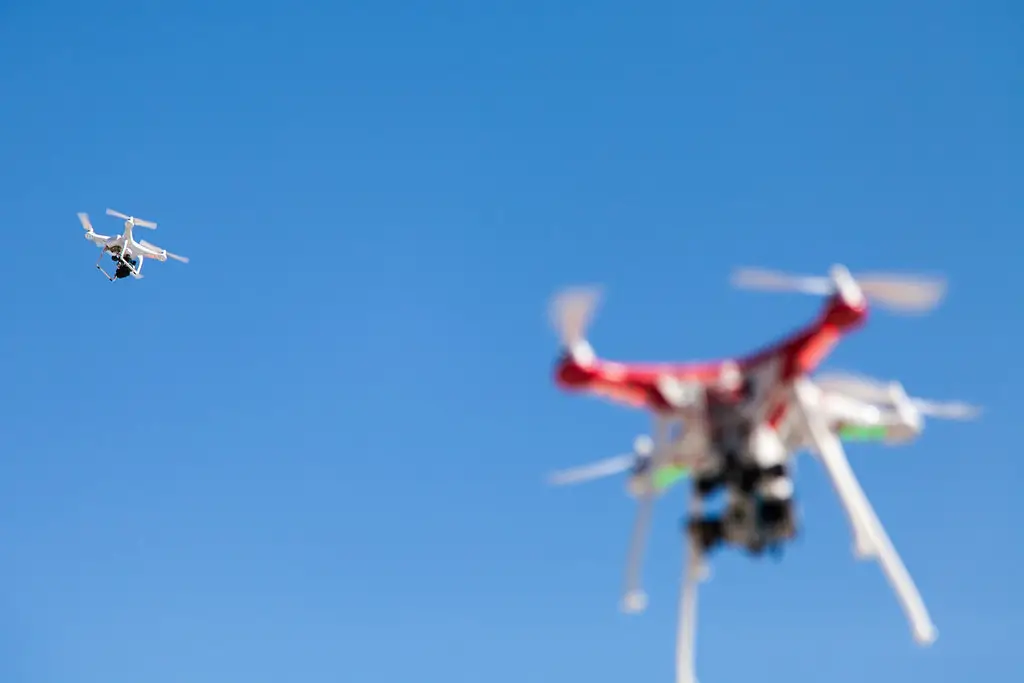
Tips for Efficient Editing Workflows
Creating an efficient editing workflow is key to saving time and achieving a consistent look across your videos. Organize your files before you start, use presets for commonly used adjustments, and learn keyboard shortcuts to speed up your process. Work on a powerful computer to handle the additional processing power needed for working with high-resolution aerial footage.
Case Studies or Examples
One of the best ways to understand the impact of editing on aerial footage is to see the results first-hand. Case studies or examples that showcase before-and-after visuals of edited aerial footage can provide invaluable insights into the transformation that effective editing can achieve.
Conclusion
Editing aerial footage is a highly creative process that can take your video to new heights. By learning the nuances of color enhancement and the strategic application of effects, you can make each shot a visual marvel. Remember, the key is not to overpower your footage with editing, but to use it as a tool to enhance the wonder that aerial videography inherently captures.
For those who are passionate about combining technology with the art of storytelling, mastering the craft of editing aerial footage can lead to the creation of videos that are not only technically impressive but also deeply resonant. Whether you’re a filmmaker aiming for cinematic quality or a content creator looking to captivate your audience, these tips can serve as a guide to elevate your aerial videography to the next level.


